Lewis declines Antioch School Board presidency, Hack elected instead
Thursday, December 16th, 2021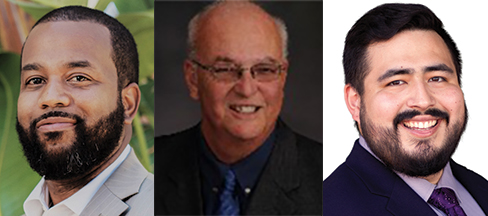
AUSD Board Trustee Clyde Lewis, new Board President Gary Hack and new Board Vice President Antonio Hernandez.
Hernandez appointed vice president; board declines public online mapping tool for redistricting process, will make “tweeks” to current trustee area map
By Allen Payton
In a surprise move, Wednesday night, during the Antioch School Board meeting, Dr. Clyde Lewis, District 3 Trustee and board vice president chose to not accept the promotion to the one-year, rotated position of president. Instead, District 4 Trustee Gary Hack was nominated by Lewis and voted in as board president. District 1 Trustee Antonio Hernandez was voted in as board vice president. The board reviewed two proposed maps for the redistricting of trustee areas. Lewis and Trustee Mary Rocha pushed for more public participation and input in the process. But the board declined to include an online mapping tool for the public to use and submit alternative maps. However, the proposed maps are now available on the AUSD Redistricting page.
The school board briefly honored outgoing City Manager Ron Bernal and will provide him with a proclamation, Superintendent Stephanie Anello stated.
“Tweeks” for Redistricting of Trustee Areas
The school board received a presentation on redistricting of trustee areas from Scott Newell, from consultant Cooperative Strategies, hired by the district’s law firm, and Larry Schoenke, the district’s attorney. The board members reviewed two proposed maps that offer very minor changes to the current trustee areas
Newell suggested the Board “adopt the tweeks” his firm made to the map the board approved in 2019 for last year’s election based on the 2010 Census. The new map is based on the population from the 2020 Census. (See related article)
“We must balance the population and consider the protected classes,” he said, referring to Black and Hispanic residents.
“I am leaning more to Scenario 2,” said Board President Ellie Householder.
“My initial question is how much public input has happened with this.
Under redistricting we haven’t had any. Under districting we were required to have plenty. Under redistricting we aren’t
“My consideration is that we have public input around where these lines are drawn.
Public input is not required,” said the district’s attorney. “Your next board meeting isn’t until Jan. 26. You also have the ability, on Jan. 26 we’re going to here
“We’ve also included an interactive page on our website,” said Anello.
“I want to make sure the public is included,” Lewis stated.
“I believe it’s important to have the public input,” Rocha said in agreement.
“We plan to go to all our parent meetings to get public input,” Anello explained.
“Now we’re going for the next 10 years, and we need to be very careful,” Rocha continued.
Hernandez asked about citizen voting age population differences between the scenarios.
“We haven’t looked at it because we’re required to look at total population,” Newell responded.
“I’m comfortable with the presentation made, today and I look forward to the revisions,” Hack said.
“We had a lot of rich discussion around communities of interest. The City has a mapping tool. But for this we don’t have a mapping tool,” Householder said. “What would be the best way for folks to give input?”
“We provide some survey links for the public to use,” Newell said and mentioned “the interactive tools, we create for other clients, are in development.”
“By law it says you can revisit what you’ve already adopted. You can always go through an entire creation process,” Schoenke said.
“As you know, soliciting feedback it’s always hard to get out,” said Newell. “We have an email link. Sometimes they take a photo and submit a marked-up map.”
Lewis asked for the details from the public input from the 2019 process in which the current trustee area map was created.
Only one member of the public spoke, Lindsey Amezcua, who asked for an online mapping tool.
Householder asked for more data on the maps for the next meeting on Jan. 26 and asked for preferences from the other board members.
Board President and Vice President
Trustee Rocha made a motion to appoint Hack as board president which Lewis seconded, surprising almost everyone watching. Lewis was expected to be promoted from his position as board vice president. After the meeting, Lewis told the Herald he had only spoken about his decision to not accept the presidency to a few people prior to the meeting.
One member of the public spoke, with the last name of Hernandez, Antonio’s sister, urging the board to not elect Rocha for one of the two positions. However, Velma Wilson spoke in support of Rocha and what she’s done for the community as a trustee.
“I was under the impression that Trustee Lewis as board vice president would step in as board president” Hernandez said.
“I would hate to see another Black trustee passed up,” Householder said, referring to both Crystal Sawyer-White and Debra Vinson, who are Black and were vice president, but passed over for the position of president. But that was against their wishes. Lewis chose not to take the position for personal reasons.
“This is a very difficult decision for me,” he said. “I have some family challenges.”
“Not my immediate family,” Lewis said with a chuckle to clarify the issue. “It’s family caregiving that came up.”
“So, you’re saying that if you were nominated for board president you wouldn’t accept it?” Householder asked.
“I would likely decline,” Lewis responded. “It’s not that I don’t want the position. It’s simply that we have a familial care issue.”
“You would still entertain being the vice president?” Householder said to which Lewis laughed.
“Hearing your laugh, I will take that as a ‘yes’,” Householder responded.
Amezcua spoke during public comments. “Dr. Lewis, I’m very saddened you are not taking the position,” she said. “But I believe Trustee Hack will do a phenomenal job.”
“I’m not going to be supporting this,” Householder said. “I would like to see someone else in the position.”
Hernandez then offered himself for the position, arguing against Hack’s appointment.
“I don’t think what this school district needs is stability, we need progress forward,” Hernandez said. “Something that pushes us forward. I would like to take the position of board president. It’s important that we keep moving forward. As a Latino male I’ve been underestimated my entire life. That is the context that I take my next vote, not that Trustee Hack can’t do the job.”
“It takes three to move things forward. It’s not the chair,” Rocha said in response. “The chair is only the one who takes care of the board meetings.”
Householder then made a substitute motion to elect Hernandez as board president, seconded by Hernandez. But it failed on a 2-3 vote.
“My vote was not that Trustee Hernandez cannot do the job,” said Lewis. “He’s a brilliant, brilliant leader. Brilliant young man. I’ve struggling with this. I’m struggling with it, now.”
The original motion to appoint Hack as board president was then voted on and passed on a 3-2 vote with Householder and Hernandez voting against.
Lewis then nominated Hernandez as board vice president, and it was seconded by Householder. Without discussion the motion passed 5-0.











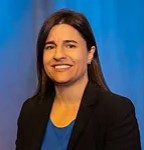
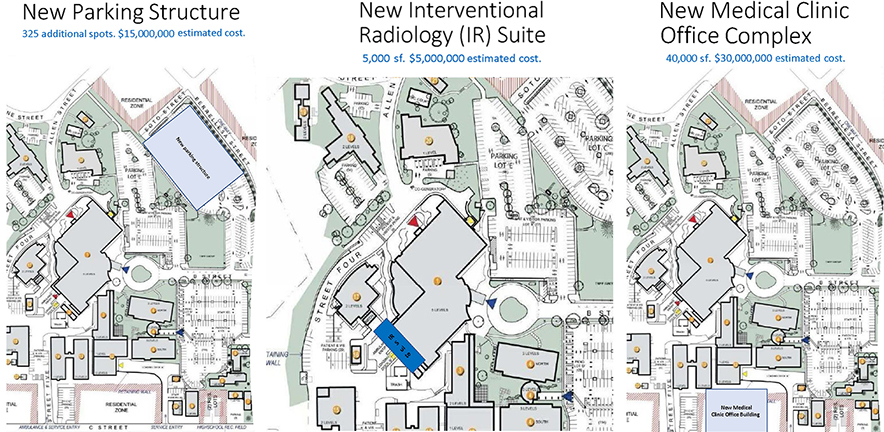
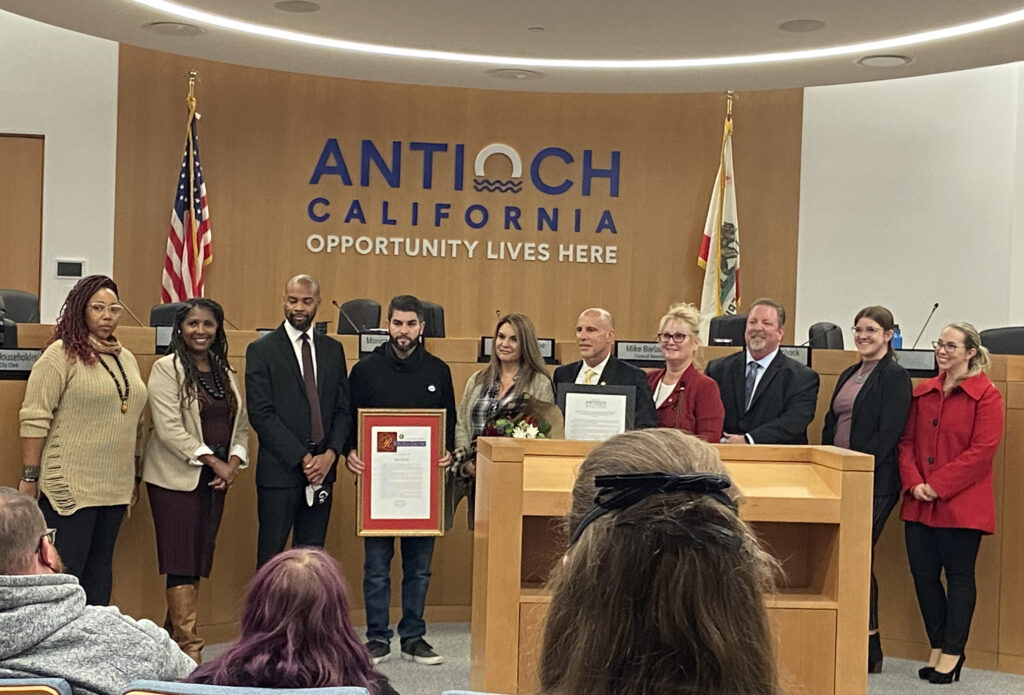
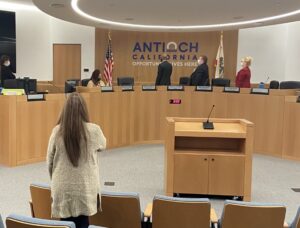

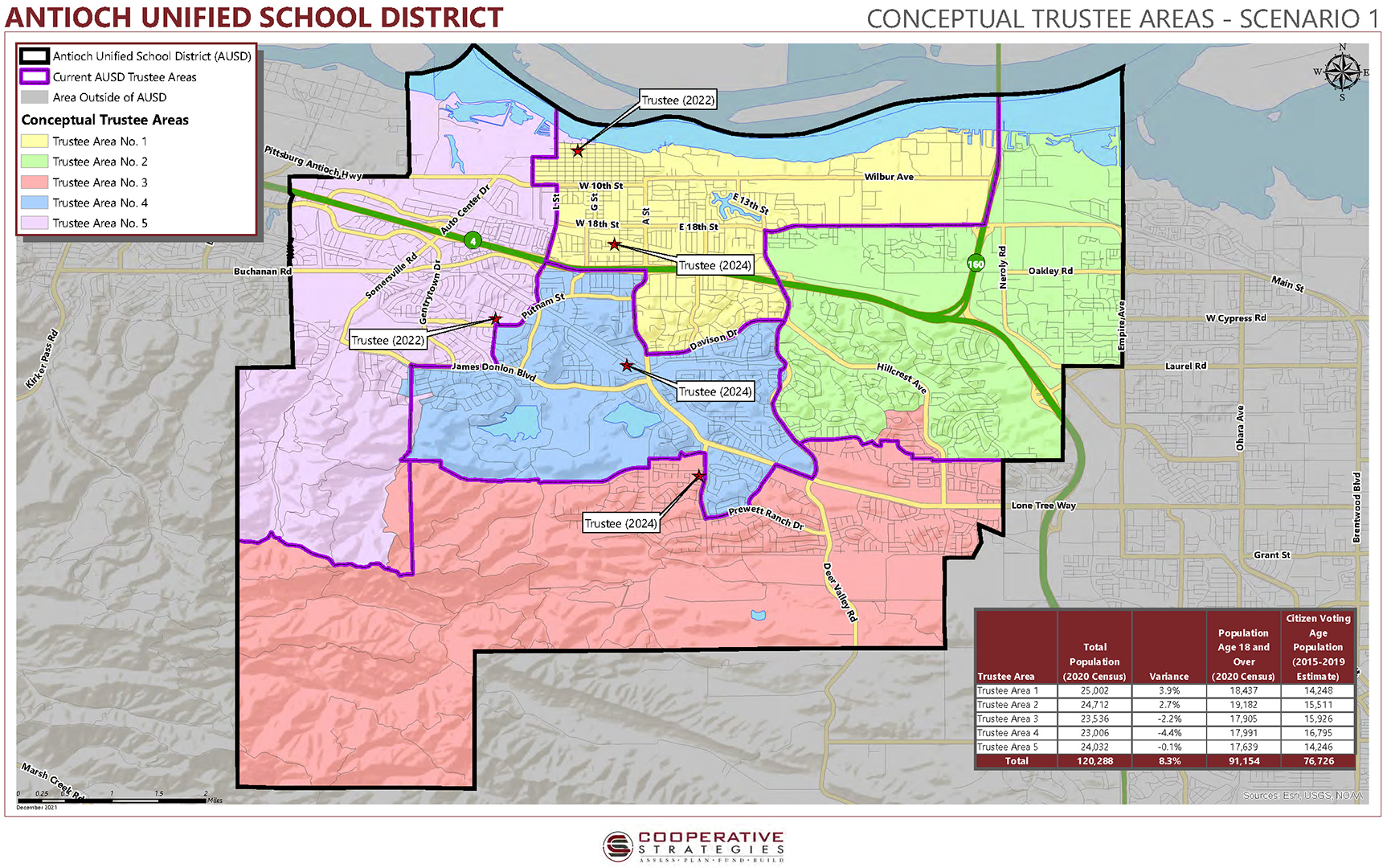

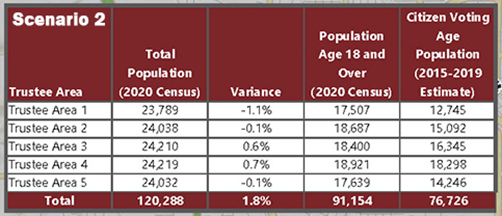
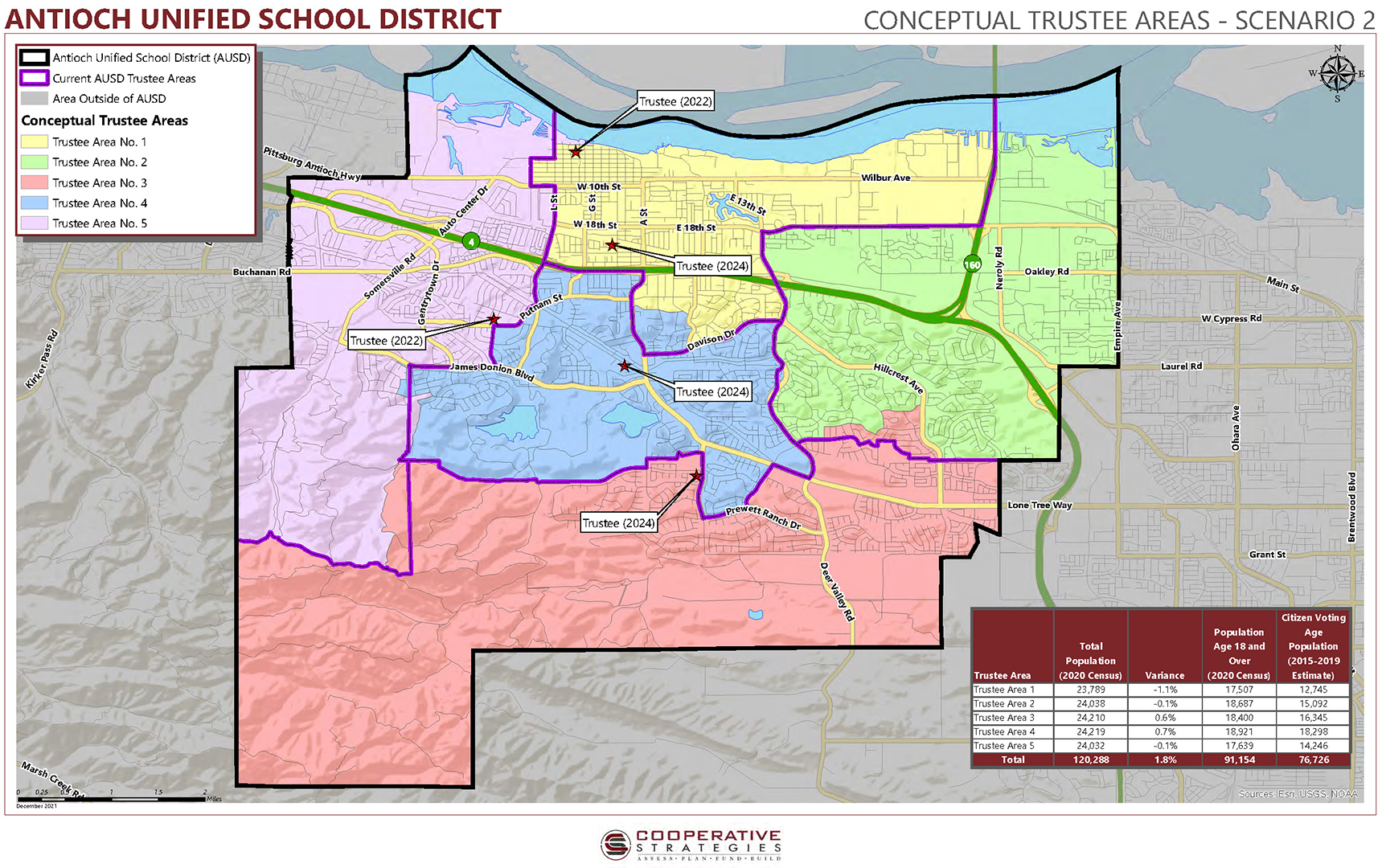

 By Allen Payton
By Allen Payton











